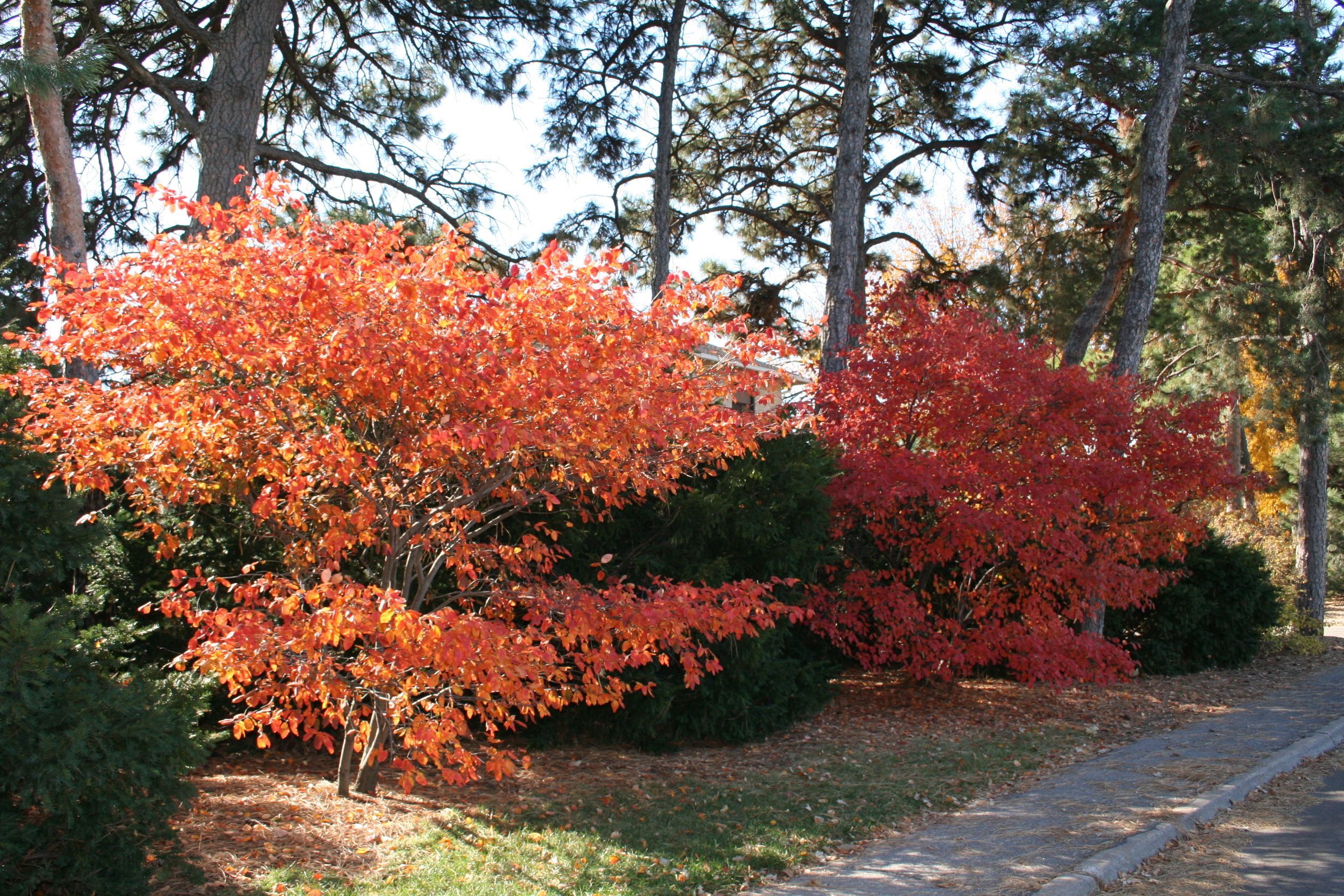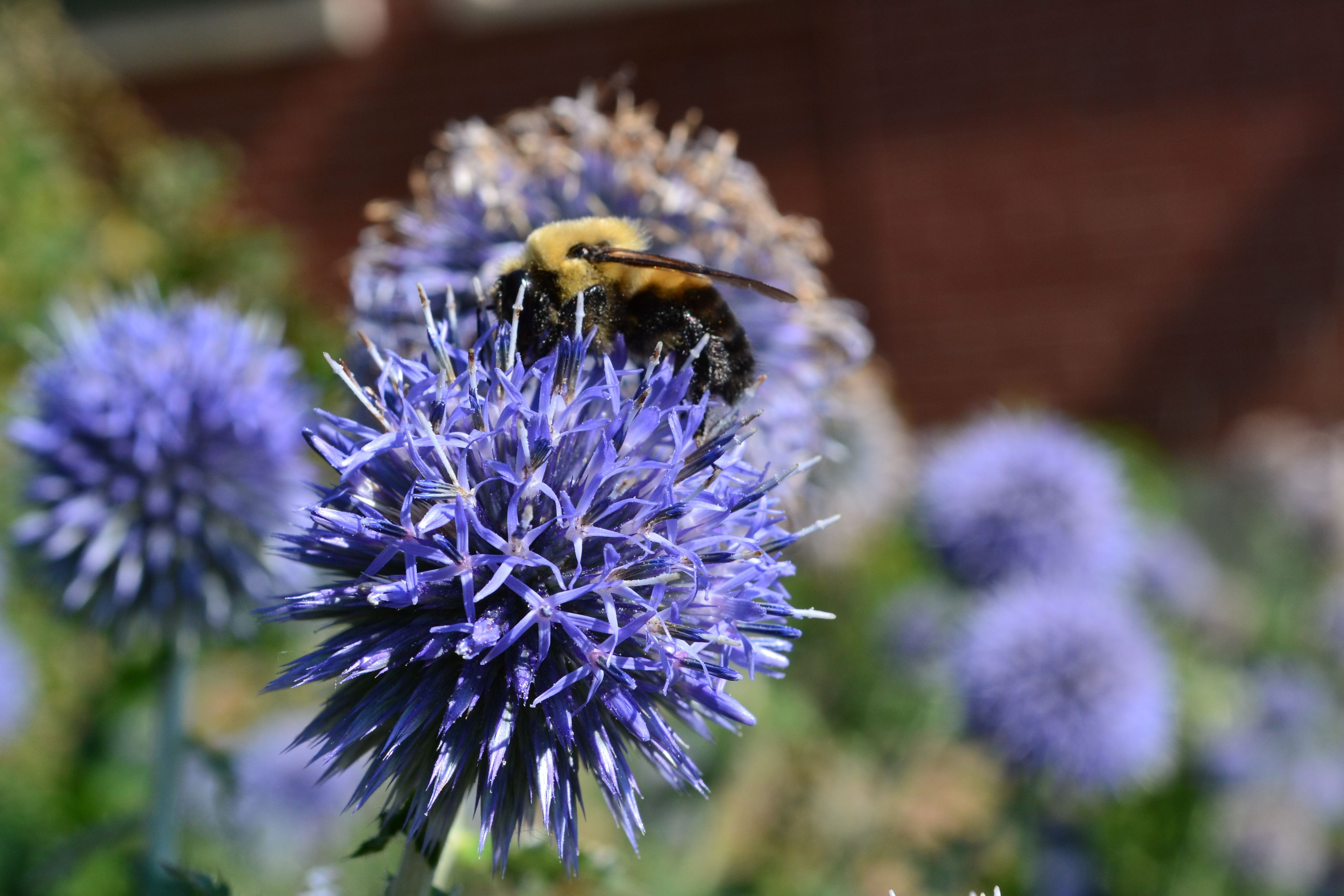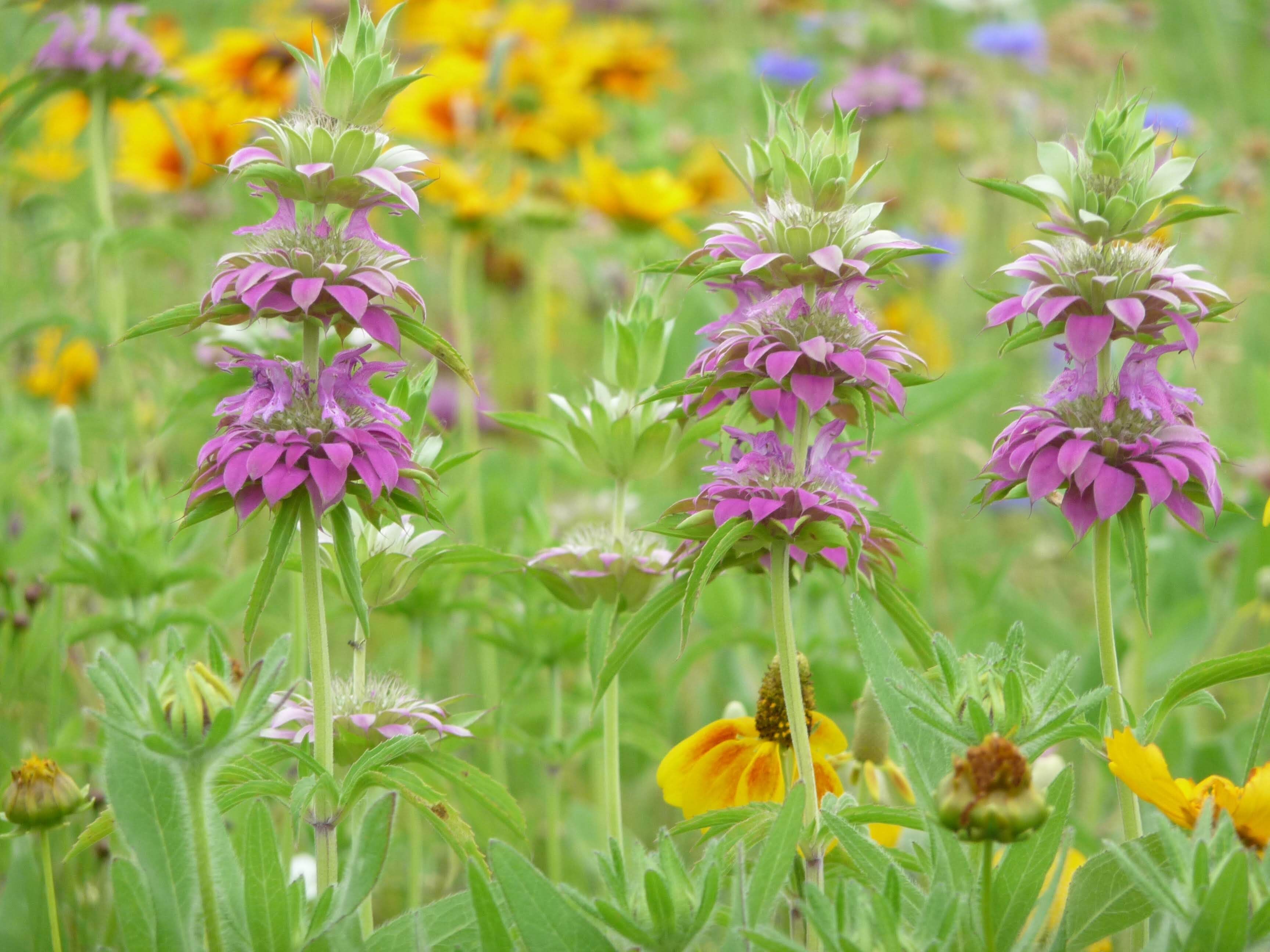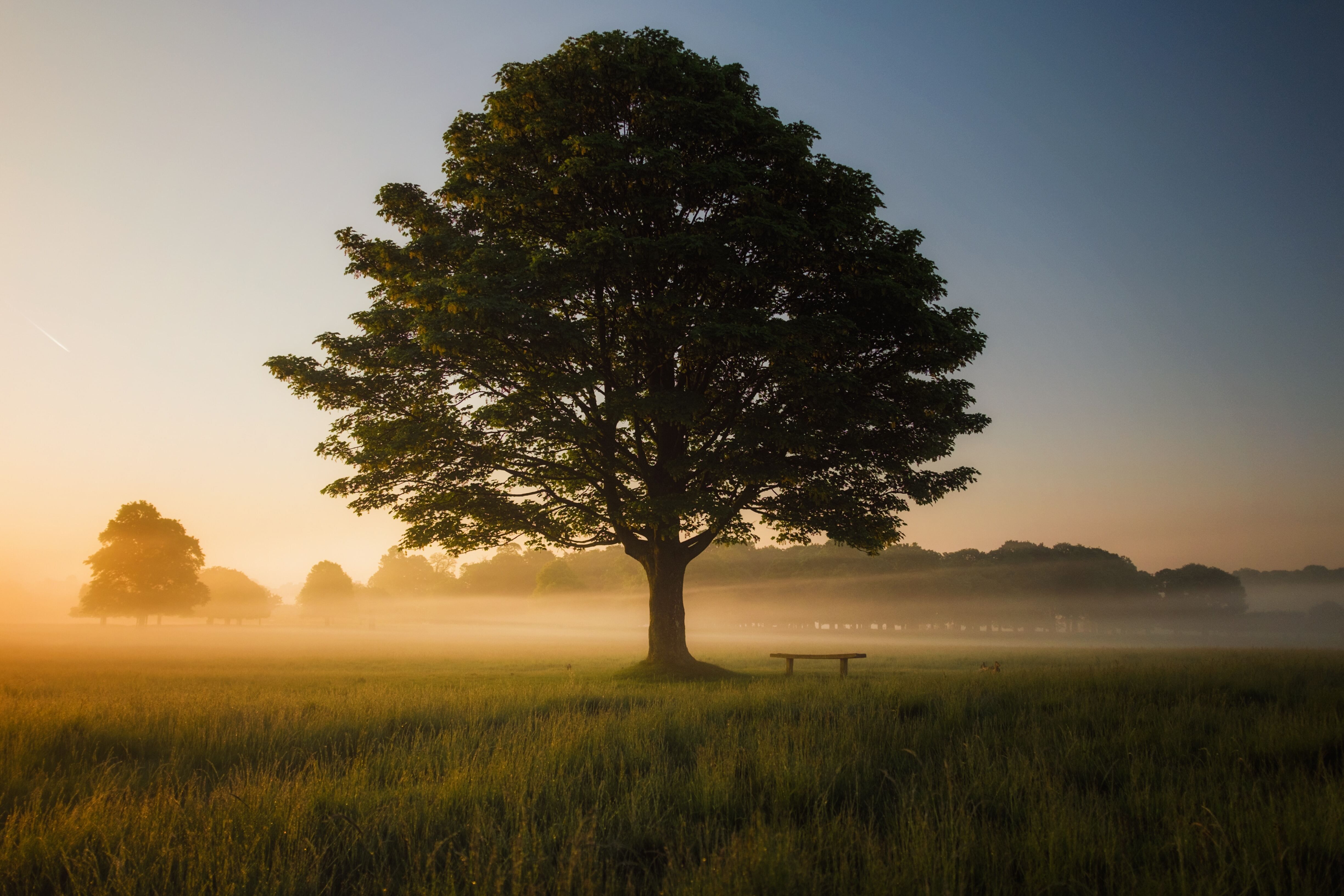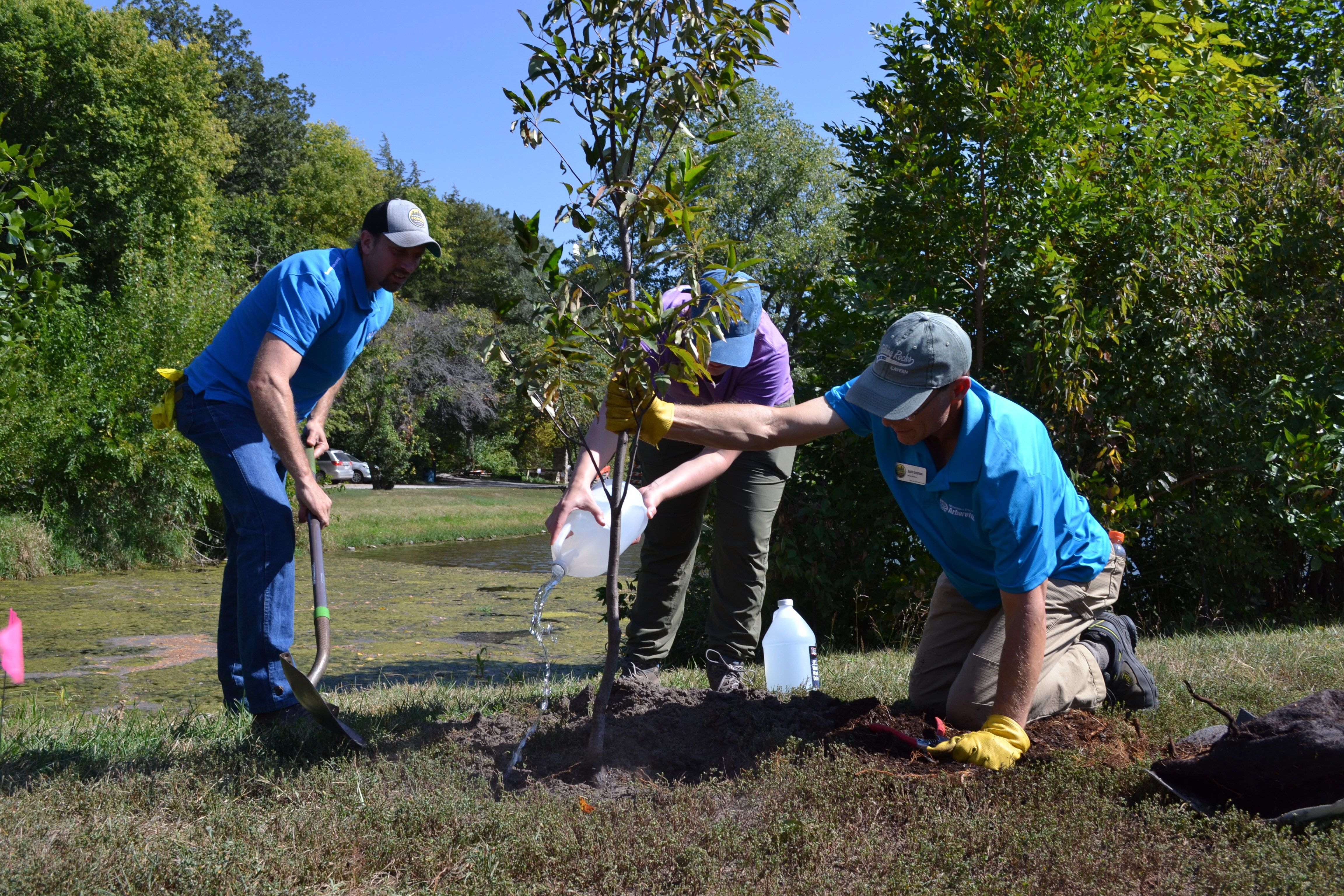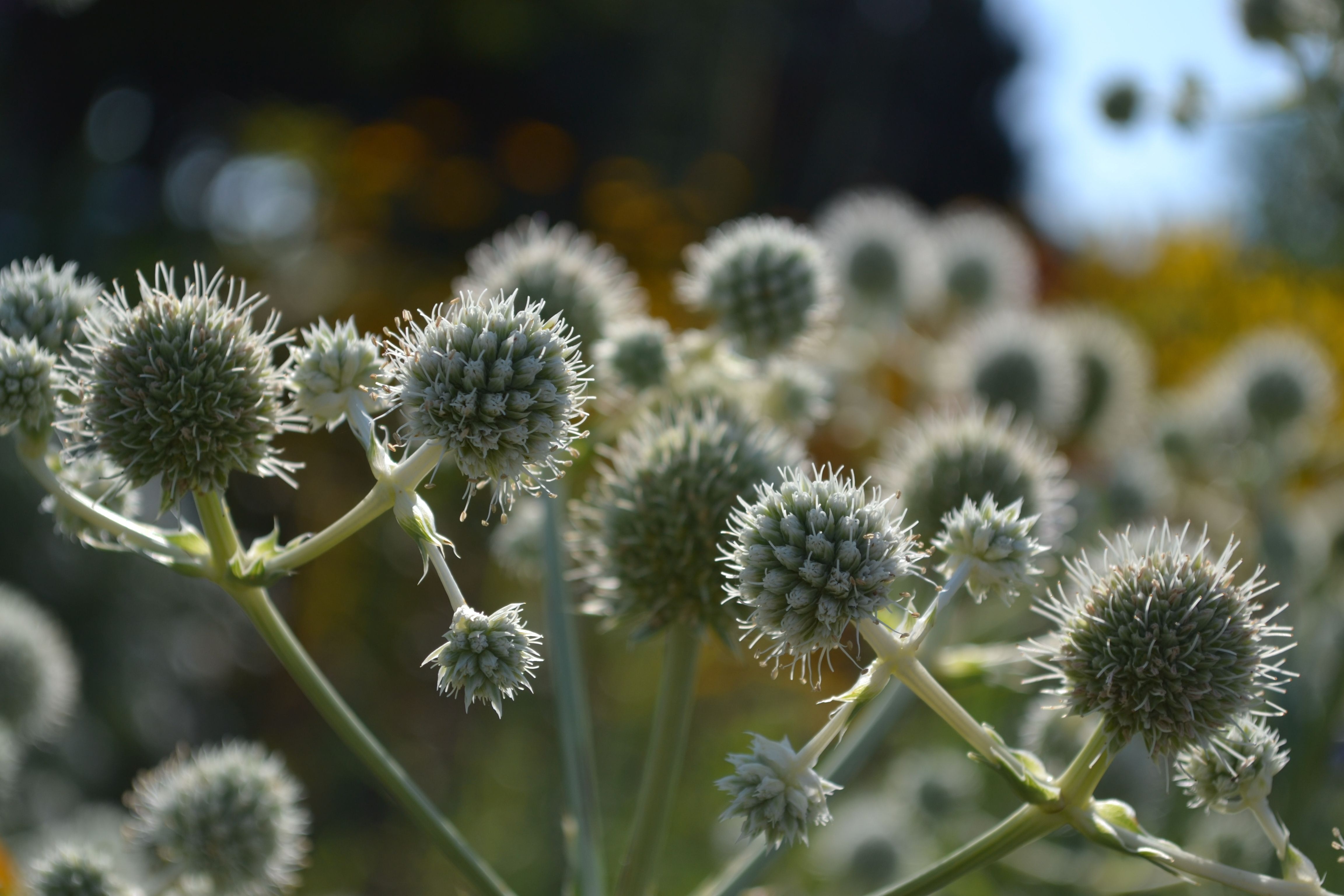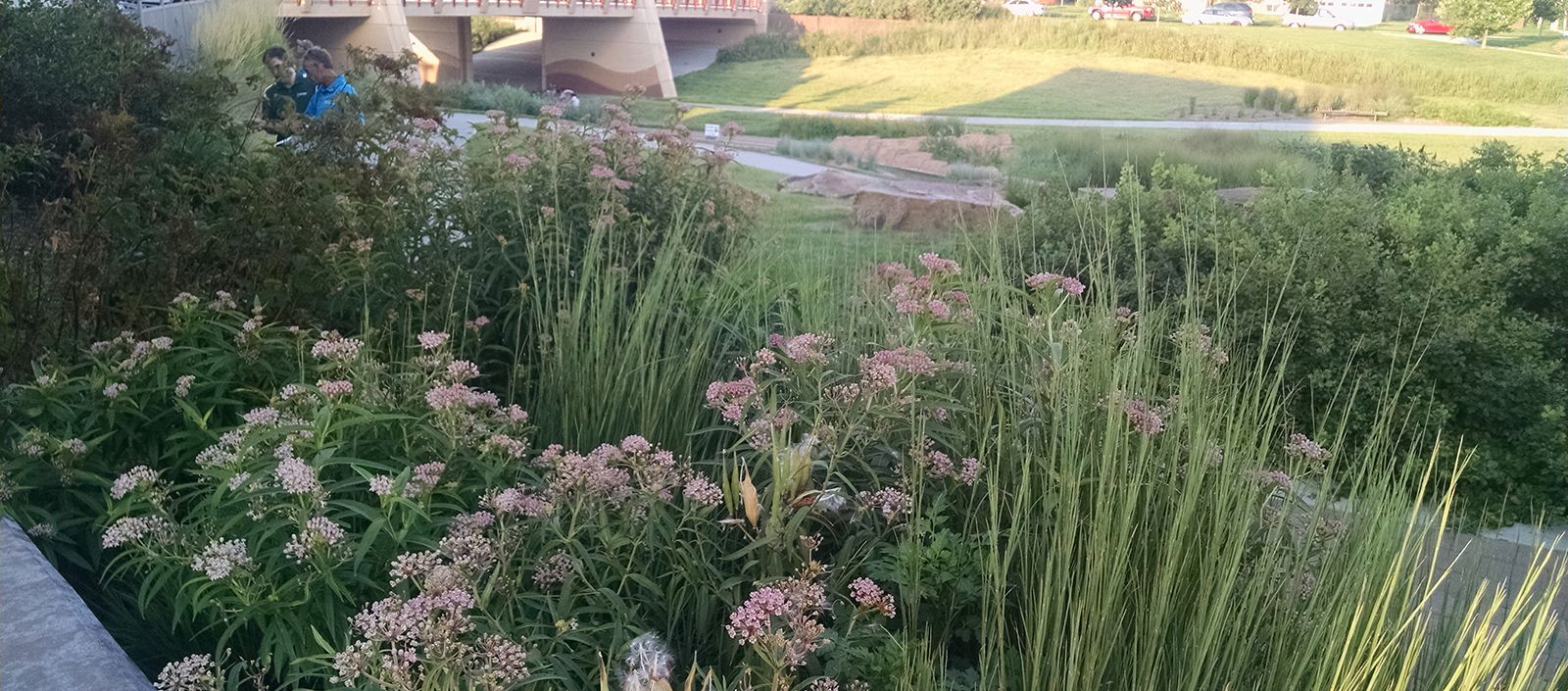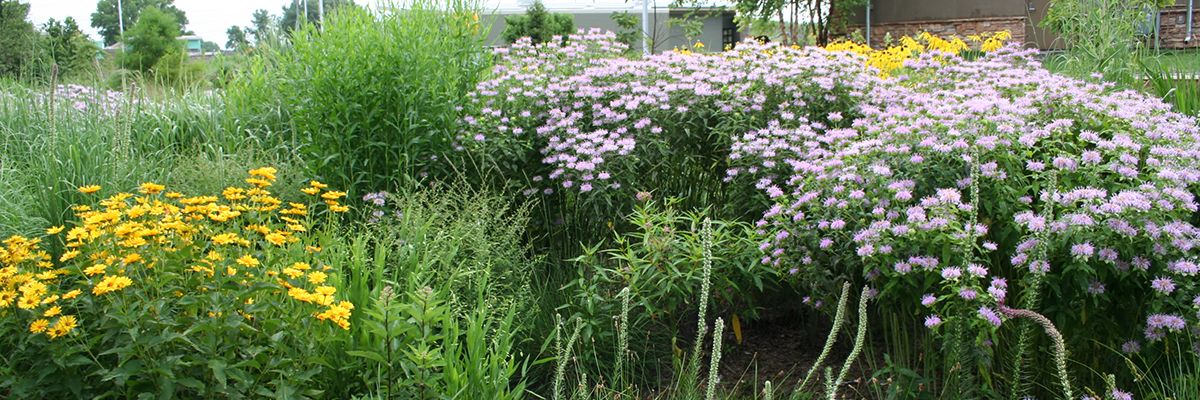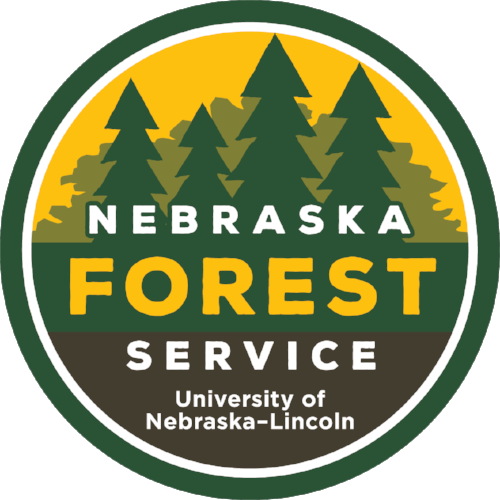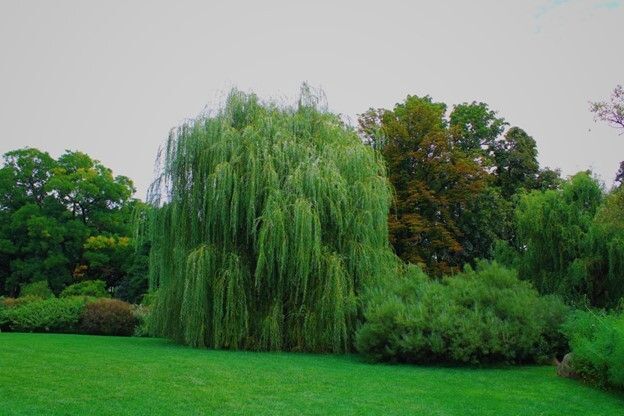
Weeping willows may get all the glory, but their native cousins are just as important and, most of the time, much better suited for Nebraskan landscapes.
The Versatility of Willows
A rather peculiar, almost majestic group of trees called willows (Salix) are among the most versatile species in Nebraska. The weeping willow, arguably the most recognizable and widely praised member of this family, often steals the spotlight. But outside of that famous silhouette, several other willow species deserve equal admiration, including white willow, black willow, sandbar willow and peachleaf willow, among others.
Much like oaks (Quercus), willows fill nearly every niche in our eastern forests. You’ll often find them in riparian zones along creeks, ponds and wetlands, where their growth provides shelter for frogs, ducks, turtles, mink and countless other creatures. Even more impressive, willows support nearly 150 species of caterpillars, second only to the mighty oak.
Here are two Salix species that are native to Nebraska:
Black Willow: Reliable Riparian Zone Favorite
Not to be confused with its more abundant Nebraska cousin, the peachleaf willow (Salix amygdaloides), black willow (Salix nigra) is one of the most common and versatile willow species across the eastern United States. This species reaches the northwestern extent of its native range in southeastern Nebraska.
Black willow loves full sun but tolerates part shade. It can grow into a tall tree (50–60 feet, sometimes much taller in favorable conditions) or a thicket-like shrub. It thrives along water’s edge, preferring moist-to-wet soils year-round, and struggles during extended droughts. Wildlife relies on it for food; caterpillars, early-season bees and even foraging mammals all benefit from its presence.
Sandbar Willow: The Riverbank Stabilizer
Another common species in Nebraska is the sandbar willow (Salix interior). True to its name, it thrives in shifting soils along streams and rivers, spreading by underground rhizomes to form dense colonies. These thickets not only hold soil in place against erosion but also provide excellent cover for birds and small mammals.
While rarely growing taller than 20 feet, sandbar willow makes up for its modest size with resilience and utility, serving as both habitat and natural infrastructure in Nebraska’s riparian zones.
Weeping Willow: The Pop Star
The weeping willow (Salix babylonica) may not be native to the Great Plains, as it hails from northern China, but it has become the poster child for willow species in North America. Pop culture has even given it stardom through portrayals such as the Whomping Willow in Harry Potter and Grandmother Willow from Pocahontas.
This species also thrives in wet soils and full sun, with part shade as an option. Medium in size (30–60 feet tall), the weeping willow is another ecological powerhouse, supporting hundreds of butterfly and moth larvae and offering food and shelter for pond-dwelling mammals. Its long, finely serrated leaves turn golden in fall.
Challenges of Growing Willows in Urban Landscapes
Here’s the catch: despite their ecological benefits, willows are not ideal for urban landscapes for the following reasons.
- Weak wood → Frequent branch drops make them risky near homes, play areas or power lines.
- Poor Structure → Although some willows can exhibit a tree form (with a single trunk), most willows spread via rhizome to form thick colonies. This growth habit can lead to disaster in disturbed urban areas where rapidly growing pioneer species like willow can take over.
- Pests and diseases → Willows can attract insect pests such as borers and scale, and are also prone to fungal or bacterial issues like powdery mildew, leaf blight and canker.
So, while they shine in natural environments, they can become headaches in city or suburban yards.
Plant Wisely
Willows are an ecological all-star, sheltering wildlife, supporting insect diversity and bringing stability to Nebraska’s waterways. But in urban settings, their weaknesses often outweigh their benefits. If you love willows, the best place for them is in rural or wild areas where they can thrive without posing risks to people or property.
Sources:
https://www.missouribotanicalgarden.org/PlantFinder/PlantFinderDetails.aspx?taxonid=286793
https://www.missouribotanicalgarden.org/PlantFinder/PlantFinderDetails.aspx?kempercode=c148
https://plants.usda.gov/plant-profile/SANI
https://plants.usda.gov/plant-profile/SAIN3
*Image by John Woodworth: Brooklyn Botanic Garden


